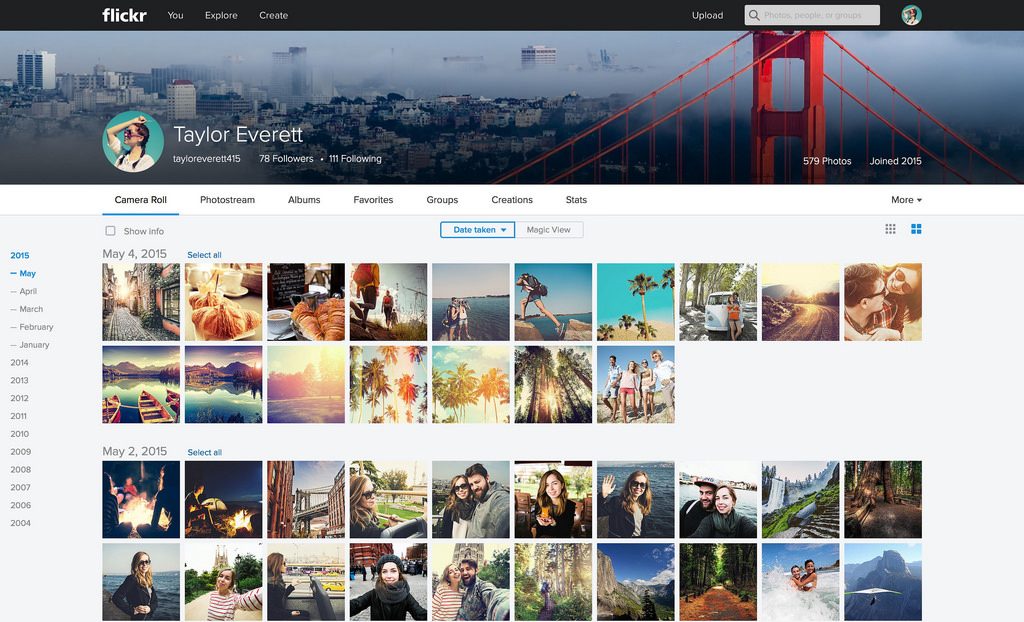Folksnomy is a hugely powerful tool if you know how to use it. Here are 5 real examples of folksonomy that show just what it can do.
Folksonomy is a type of artifical intelligence and can be a hugely powerful tool for all kinds of organizations. Actually, some things you probably use every day incorporate folksonomy, even though you might not have realized it. We’re going to talk about some real examples of folksonomy so that you can see what a powerful tool it is.
Folksonomy is a way of organizing data and digital content. It is important not to confuse folksonomy with taxonomy. The thing that defines folksonomy is that it’s the users who add a tag or label to identify a piece of content. The content gets a lot of descriptive information using natural language from the users themselves. You might also see it referred to as social bookmarking or social tagging.
Sound like anything you’ve used recently? Let’s see if our first example makes it clearer.
Social media
Have you ever hashtagged something on Twitter, Instagram, Facebook or Pinterest? Then you’ve used folksonomy!
All of these sites use hashtags. They make it easy for users to find content that they might be interested in - all they have to do is click on a tag to see other content with that same tag.
Anybody can add whatever hashtags they want. There are no rules, so you might see a single item hashtagged with anything from “#cute” to “#catsofinstagram.”
The first example is broad taxonomy, meaning it can apply to a lot of different types of content. But “#catsofinstagram” only applies to one type of content (photos of a cat on Instagram), making it an example of narrow taxonomy.
del.icio.us
This website is a classic example of folksonomy, although the website is now defunct. It was a social bookmarking site, meaning you could bookmark websites you found interesting and then share them.
Each user could tag their bookmarked websites with whatever words they liked. Then, if you wanted to find articles about a certain topic, you could simply type in the tag you were looking for to pull up a list of recent bookmarks with that tag.
The website made it even easier for users to find content they would be interested in by adding in a “hot list” and a page with recent posts. They also provided a few general categories, like Arts & Design, that you could browse for relevant content.
A similar, also now-defunct website is 43 Things (though you can still visit the website, it’s not the same one).
Flickr
Photo sharing community Flickr was an early adopter of using folksonomy by using tags. Users can upload their photos and then add the tags they want to describe them. Once the photos are uploaded, other users can add tags, too. You can also tag a photo with a location.
One nice feature of Flickr is that they use these tags to help users find more photos they’ll like. Their website highlights tags that are currently trending, as well as dedicates a section to the most popular tags of all time. With just a click, users can find hundreds or thousands of photos they’ll like.
Bibsonomy and CiteULike (and previously Connotea)
Although folksonomy does have lots of uses for helping users find fun information they like on social media sites and Flickr, it can also be used for more serious ventures - such as helping medical services improve.
Academic folksonomies are a hugely useful tool for researchers, as they can help organize massive collections of information and make them easily searchable. Medical researchers use programs like Bibsonomy and CiteULike to generate metadata quickly and inexpensively - while still maintaining quality. They can pull information from both text and images.
With some of these programs, users can create their own collections and organize them, as well as share them with other users. Much like Flickr, it’s then easy for people to discover more relevant content with minimal effort.
Another popular program was Connotea, although the site was taken down in 2013.
Bismart’s Intelligent Folksonomy
Folksonomy is highly useful, but sometimes it can get a bit chaotic. It’s easy to become overwhelmed with the number of tags users add, and it can be confusing. That’s why Bismart has developed an intelligent folksonomy software tool based on Large Language Model (LLM).
The user-friendly tool is designed to help you get the insights you need from your unstructured data. You can do things like separate homonyms, merge synonyms, reduce tags, and add a customized dictionary. The software’s smart algorithms monitor for errors and content that appears more than once. It can work on anything from managing a website to dealing with huge databases of medical information.
Click here to learn more about Bismart’s Folksonomy.
As you can see, folksonomy can help all kinds of people in different situations to get real actionable information from their unstructured data. Whether you’re interested in finding pretty pictures of sunsets or helping medical researchers to shed light onto new findings, folksonomy can help get you there.
Further reading:
- Using Social Tagging to Improve Social Navigation
- What’s the Difference Between Folksonomy and Taxonomy?
Are you interested in learning more about how Bismart’s Folksonomy can work for you? Contact us to find out how our solutions can help you today.




